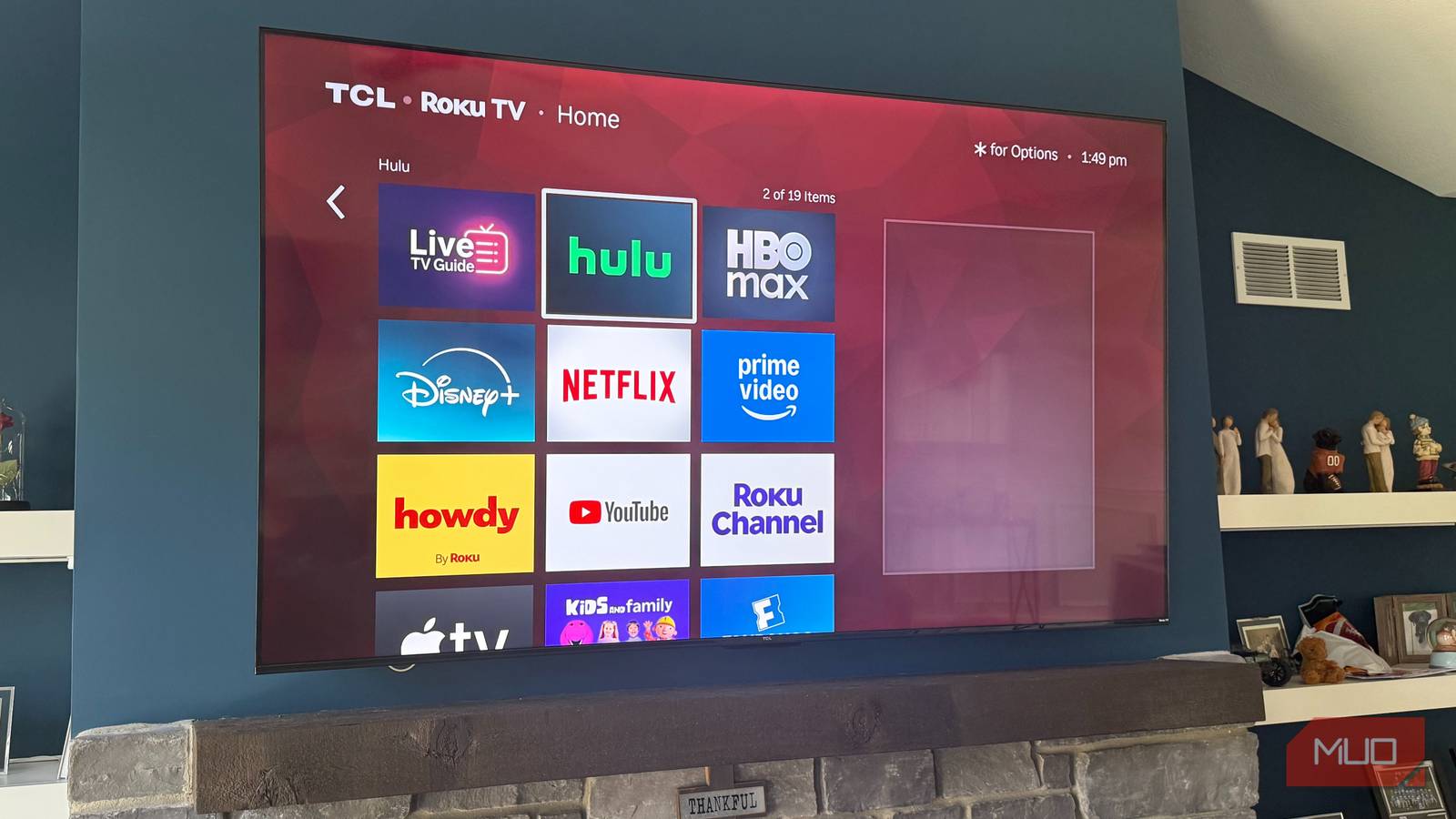Summary
- I reclaimed 150GB by deleting old iMessage attachments and unused messaging apps.
- Clear voice memos, offline music, podcasts, and audiobooks hogging gigs.
- Purge Files app and app caches (Safari, Instagram, TikTok, Mail, Spotify) regularly.
Gone are the dreaded days of my iPhone 5’s 16GB storage capacity. It was impossible to have more than the most basic apps if you ever wanted to use your phone to take a picture — let alone have a massive app like Netflix live on your phone. I truly don’t know how I survived those times, especially now with a brand-new iPhone 16 Pro with 256GB of storage in my hand.
I never thought I’d be plagued by an ‘iPhone Storage Full’ notification ever again. That is, until I received one a few months ago. I was shocked — what could possibly be hoarding all my data?
The culprit was iMessage. I was baffled — how could text messages take up (substantially) more space than well over 50,000 pictures and videos in my camera roll? Well, it wasn’t just texts. The data was hiding in photos, videos, and other attachments long forgotten in threads dating all the way back to 2015. I don’t typically delete any threads, and it finally caught up with me.
This made me take a fresh look at everything when it came to my iPhone’s storage, because I never want to hit that data ceiling ever again. Here are the four sneakier places I found and deleted unnecessary data on my phone.
Messaging and communication apps
This one’s personal
The moment I landed in the iPhone Storage settings menu, the very first recommendation I received (and still receive) is to Review Large Attachments. Bulk-deleting these files — and then doing the same with text threads in the actual iMessage app — did the trick and bought back over 150GB of data. Yes, I really never deleted texts.
You already know about my iMessage debacle, but I took a closer look at all of my messaging apps — including WhatsApp, GroupMe, and Telegram. Some of these apps I didn’t even use anymore, so they got the full deletion treatment.
Emails might be stored in the cloud, but there’s likely lots of data being held hostage by your Mail app. It’s pretty notorious for storing files and attachments locally, so you’ll definitely want to clear this. There isn’t an actual button to do so, so you may have to delete and reinstall the app.
Voice memos
And other audio media
No, I really didn’t need a voice memo from my 11th grade spanish class. Nor did I need the drafts from when I thought I had a future in singing. It was painful to sift through those, especially.
It’s not just voice memos. Almost everyone downloads music to play offline, but chances are you aren’t listening to the same podcast episode over and over. Deleting those from your local storage is another opportunity to chip away at those stolen GB.
The same goes for Audiobooks — apps like Audible and Spotify can hoard several gigs per book, and if you have a mini library on your device, it’s probably squatting on some storage real estate.
Files app
You don’t need everything to be local
When I opened my Files app and tapped through menus to get to items I had locally stored on my iPhone, I laughed out loud at the forgotten files in there.
I had a few dozen meditation recordings I never touched, half a dozen résumés and cover letters I edited for friends, a massive PDF of an itinerary for a trip I took to Europe three years ago, documents for routines from when I used to be a barre instructor, and random app files I didn’t even recognize. Delete. Delete. Delete.
Clear those caches
You don’t need all that short-term memory
Wait — what’s a cache? It’s basically short-term memory. Your device’s system and third-party apps save little chunks of data locally so your phone doesn’t have to download them from the cloud every single time.
For example, think about scrolling on TikTok — the app caches the videos you’ve already watched in your feed. When you scroll back to watch that cat video again, it loads instantly. It makes your in-app experience incredibly smooth, but over time, those caches stack gigabytes upon gigabytes.
Caches don’t take up hundreds of gigs, obviously. But it’s good practice to spend a little time clearing them out every so often — especially if you sense some apps (or your phone in general) running on the slow side. Here are some places I cleared my cache, and how I did it:
- Safari (Settings > Search for Safari > Clear History and Website Data)
- Apps like Instagram, TikTok, and X (deleted and reinstalled each app)
- Mail App (deleted it and reinstalled)
- Spotify (Open Spotify > Tap profile icon > Settings and privacy > Data-saving and offline > Clear cache — this doesn’t remove your downloads, don’t worry)
Caches are like your phone’s and apps junk drawer, in a sense. It’s filled with incredibly useful and handy information, but the second you put one too many screwdrivers in there, it can cause some jamming.














